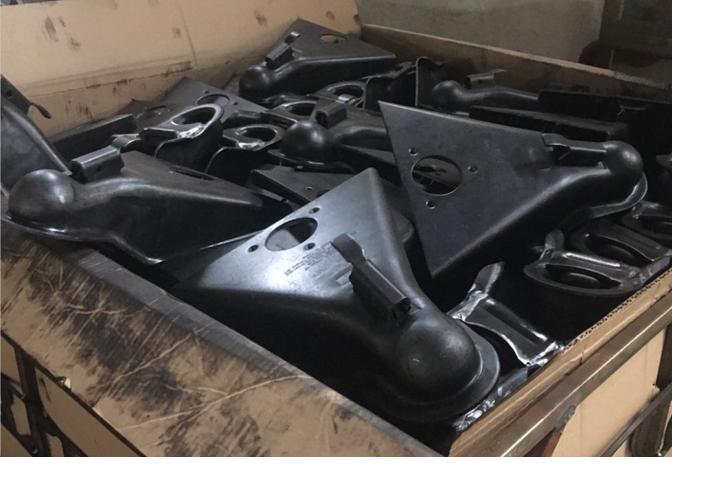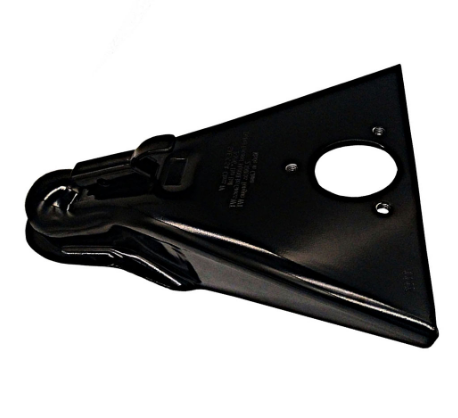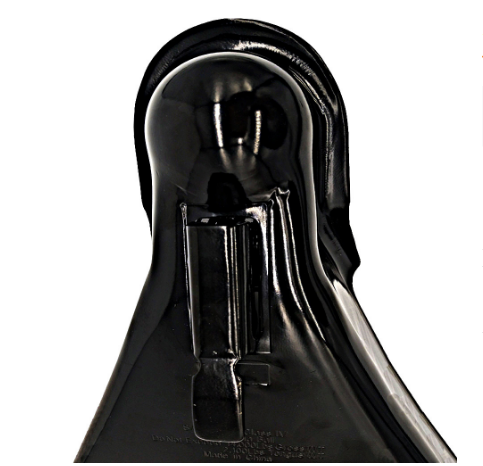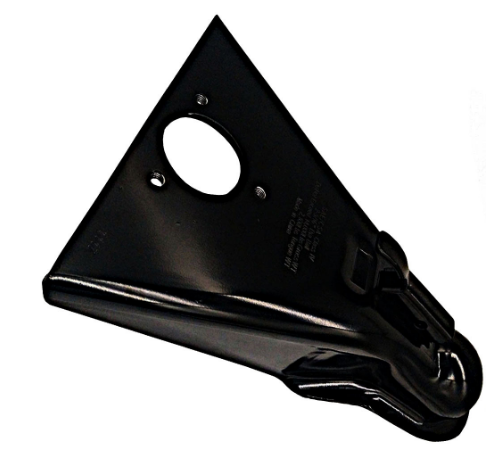A Frame Trailer Coupler fit for 2-5/16 inch Hitch Balls
1. Sturdiness: Frame trailer couplers are designed to be strong and reliable. They are constructed with heavy-duty materials such as steel or cast iron, which makes them capable of handling heavy loads and rough towing conditions.
2. Security: Frame trailer couplers typically have a locking mechanism that securely fastens the trailer to the hitch ball, preventing accidental detachment during transportation.
3. Versatility: Frame trailer couplers come in various sizes and styles to accommodate different trailer types and hitch setups. This versatility allows for compatibility with a wide range of towing vehicles and trailers.
4. Ease of Use: Frame trailer couplers are designed for easy installation and operation. They often feature a quick-release latch or lever for convenient attachment and detachment of the trailer.
A frame trailer coupler is a device used to connect a trailer to the towing vehicle. It is typically mounted to the front end of the trailer's A-frame or tongue, and it allows the trailer to be securely attached to the hitch on the towing vehicle. The coupler consists of a ball socket that fits over the hitch ball on the towing vehicle and a locking mechanism that keeps the trailer connected during towing. Frame trailer couplers come in various sizes and weight capacities to match the requirements of different trailers.
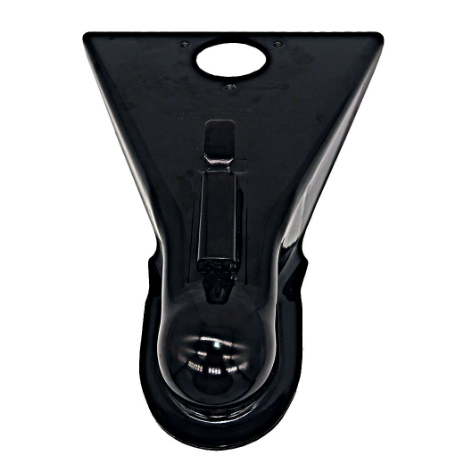
Main Features
REDFOX A-Frame Coupler,Black E-coating, Fit 2-5/16” hitch ball use
Maximum gross trailer weight: 10,000 pounds
Package Weight: 8.5 pounds
Package Dimensions: 34.29 L x 4.572 H x 11.43 W (cm)
Made in China

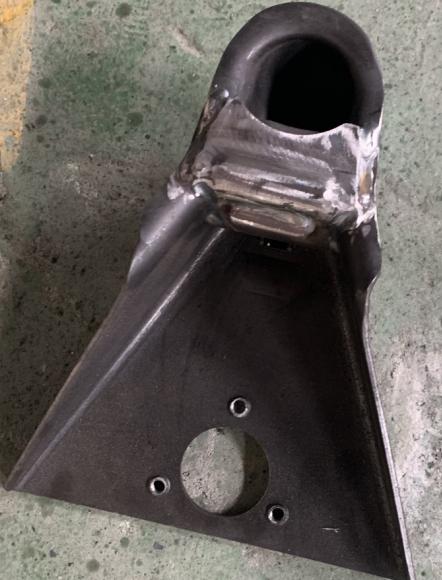
A frame trailer coupler production process
Design and engineering: The first step is to design the trailer coupler based on the specific requirements and industry standards. This involves creating detailed technical drawings and 3D models using computer-aided design (CAD) software.
Material selection and procurement: Once the design is finalized, the next step is to select the appropriate materials for the production. The most common materials used for trailer couplers are steel and cast iron. The materials are then procured from suppliers.
Material preparation: The raw materials are then prepared for production. This may involve cutting, shaping, and heat treatment processes to achieve the desired dimensions and mechanical properties.
Casting or fabrication: Depending on the chosen material, the trailer coupler can be manufactured through casting or fabrication processes. Casting involves pouring molten metal into a mold, while fabrication involves cutting and welding metal components together.
Machining: After the casting or fabrication is complete, the trailer coupler may undergo machining processes to achieve the required precision and smoothness. This can include drilling, milling, turning, and grinding operations.
Surface treatment: To protect the trailer coupler from corrosion, various surface treatment processes may be applied. This can include processes such as galvanizing, powder coating, or painting.
Assembly: Once all the individual components are ready, they are assembled together to form the final trailer coupler. This involves fitting the components, fastening them, and ensuring proper alignment and functionality.
Quality control: Throughout the production process, rigorous quality control measures are implemented to ensure that the trailer coupler meets all the required specifications and standards. This can include dimensional checks, strength tests, and functional testing.
Packaging and shipping: Finally, the finished trailer couplers are packaged and prepared for shipment to customers. Proper packaging is essential to protect the product during transportation.
